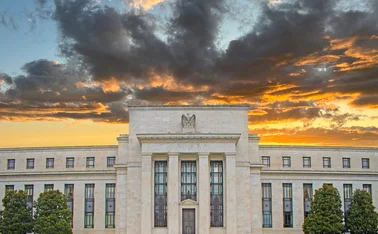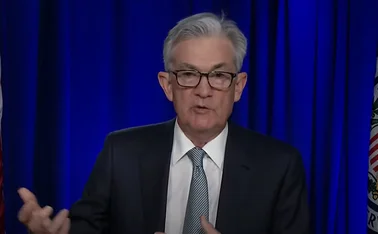
A pivotal moment for central banks and climate change

In 1824, French physicist Jean-Baptiste Joseph Fourier noted a planet of Earth’s size, at this distance from the sun, ought to be much colder. Just over 30 years later it was discovered that a layer of carbon dioxide and water vapour was trapping heat radiation.
Over the next 50 years, scientists recognised the planet’s natural ‘greenhouse effect’ and noted that even slight changes in the atmosphere could result in dramatic climate changes. Yet humans continued to embark on activities that have caused the planet’s average surface temperature to rise about 1.18° Celsius since the late 19th century.
Climate change has never been higher on the public agenda because it is increasingly being seen as not just an environmental issue, but one that affects our social and economic stability. As guardians of the global financial system, central banks have a role to play.
As observers, including the Bank for International Settlements, have warned, actions to push a green transition – for example, carbon taxes – could spark a rapid redeployment of capital, and even a financial crisis. If central banks are not prepared, policies seeking to prevent a climate crisis could inadvertently set off an economic one.
This report takes stock of efforts under way by central banks to mitigate the impact climate change will have on financial stability. While actionable progress is still limited, a cultural shift is emerging on environmental, social and corporate governance (ESG).
The Task Force on Climate-related Financial Disclosures has created a set of voluntary rules around disclosures. In October 2019, the Network for Greening the Financial System – a consortium of central banks committed to playing their part in addressing climate risk – published a report on sustainable and responsible investing.
Many large financial firms have since placed sustainability at the heart of their businesses, and many regulators have announced their intentions to make ESG reporting mandatory. But a number of challenges remain: How can it be enforced? What penalties should be in place? And do central banks need to lead the charge?
For central banks themselves, additional hurdles must be overcome. Most of their key investment assets – government bonds – lack ESG credentials; meanwhile, alternative ESG bonds currently offer insufficient liquidity. Even the most innovative reserve managers are coming unstuck by a lack of standardised data on the ‘greenness’ of both issuers and assets.
There is clearly no lack of ambition; change just needs to be enacted – and now.
This feature forms part of the Central Banking focus report, ESG for central banking 2021
Only users who have a paid subscription or are part of a corporate subscription are able to print or copy content.
To access these options, along with all other subscription benefits, please contact info@centralbanking.com or view our subscription options here: subscriptions.centralbanking.com/subscribe
You are currently unable to print this content. Please contact info@centralbanking.com to find out more.
You are currently unable to copy this content. Please contact info@centralbanking.com to find out more.
Copyright Infopro Digital Limited. All rights reserved.
As outlined in our terms and conditions, https://www.infopro-digital.com/terms-and-conditions/subscriptions/ (point 2.4), printing is limited to a single copy.
If you would like to purchase additional rights please email info@centralbanking.com test test test
Copyright Infopro Digital Limited. All rights reserved.
You may share this content using our article tools. As outlined in our terms and conditions, https://www.infopro-digital.com/terms-and-conditions/subscriptions/ (clause 2.4), an Authorised User may only make one copy of the materials for their own personal use. You must also comply with the restrictions in clause 2.5.
If you would like to purchase additional rights please email info@centralbanking.com test test test








